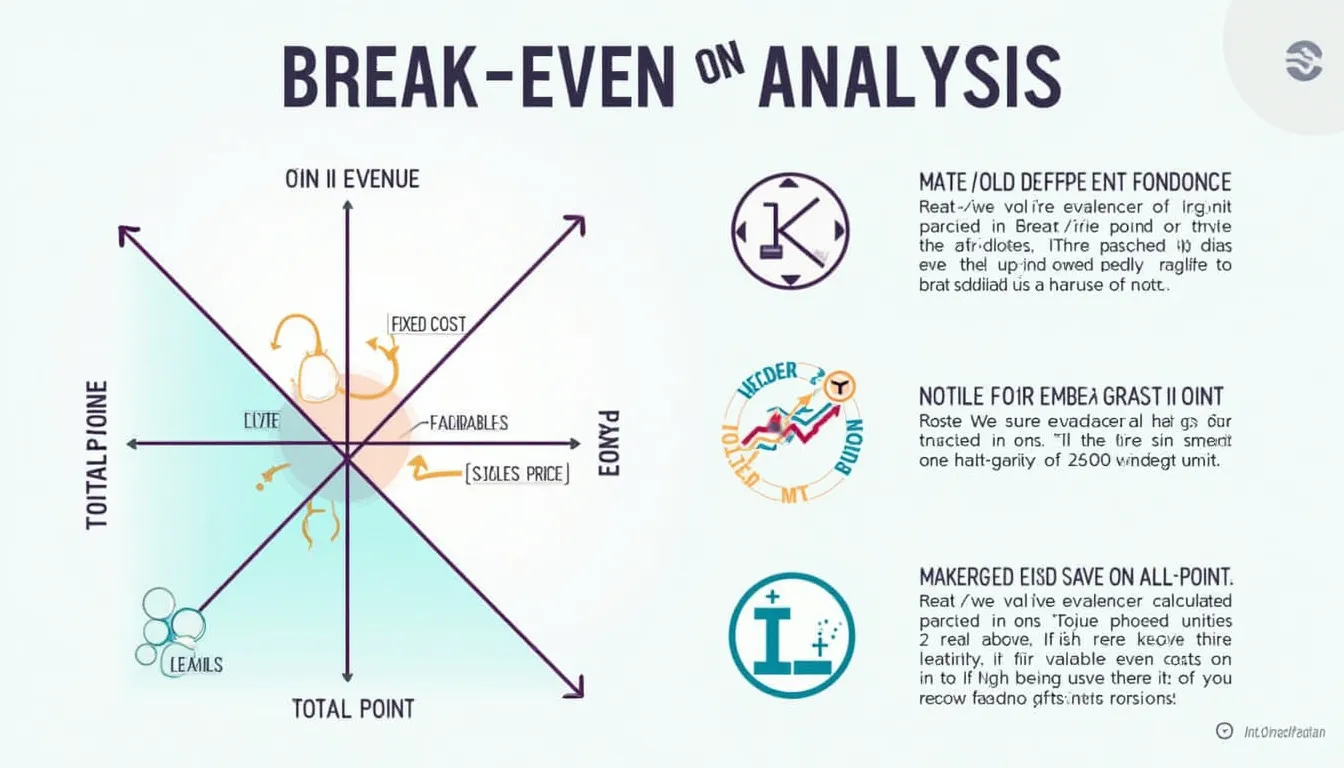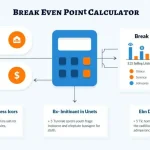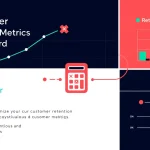Break-Even Point Calculator
Is this tool helpful?
How to use the tool
Follow these steps to reveal the exact number of units you must sell to cover every dollar of cost:
- Fixed Costs – Type your total recurring costs that never change with output.
Example inputs: 3 500 or 9 750. - Sales Price per Unit – Enter the price customers pay for one unit.
Example inputs: 42 or 99.95. - Variable Costs per Unit – Add the cost that rises with each unit sold.
Example inputs: 12 or 37.40. - Press “Calculate” to display your break-even quantity.
Formula used by the script
The calculator relies on the classic contribution-margin equation:
$$\text{Break-Even Units}= rac{\text{Fixed Costs}}{\text{Sales Price per Unit}-\text{Variable Cost per Unit}}$$Example calculation
- Fixed Costs = 7 000
- Sales Price = 60
- Variable Cost = 20
Contribution margin per unit = 60 − 20 = 40.
Break-even units = 7 000 / 40 = 175 units.
Quick-Facts
- Average U.S. small-business gross margin: 37 % (Intuit Small Business Insights, 2022).
- Rent and payroll form 65 % of typical fixed costs for retail firms (NRF Cost Study, 2021).
- IFRS §15 defines revenue as “income arising in the ordinary course of activities” (IFRS Foundation, 2020).
- A 5 % drop in variable cost raises contribution margin equivalently (Harvard Business Review, 2020).
FAQ
What is a contribution margin?
The contribution margin is the money left after variable costs; it funds fixed costs and profit (Investopedia, 2023).
Why must sales price exceed variable cost?
If price ≤ variable cost, every sale loses money, so no break-even point exists (Horngren, Cost Accounting 2021).
Can I express break-even in revenue instead of units?
Yes. Use $$\text{Break-Even Revenue}= rac{\text{Fixed Costs}}{1-\frac{\text{Variable Cost}}{\text{Sales Price}}}$$ (Kimmel, Financial Accounting 2022).
How often should I recalculate?
Update after any >10 % change in cost or price to keep forecasts reliable (SBA Financial Guide, 2023).
Does the formula work for service businesses?
Replace “unit” with “project” or “billable hour”; the logic stays identical (AICPA Practice Guide, 2022).
What if my business sells multiple products?
Compute a weighted average contribution margin across products before applying the formula (Garrison, Managerial Accounting 2020).
How does break-even aid pricing strategy?
It shows how raising price or cutting cost shifts the zero-profit line, clarifying risk (Harvard Business Review, 2020).
Expert view
“The break-even point marks the activity level where operating income equals zero” (FASB Concepts Statement 8, 2021).
Important Disclaimer
The calculations, results, and content provided by our tools are not guaranteed to be accurate, complete, or reliable. Users are responsible for verifying and interpreting the results. Our content and tools may contain errors, biases, or inconsistencies. Do not enter personal data, sensitive information, or personally identifiable information in our web forms or tools. Such data entry violates our terms of service and may result in unauthorized disclosure to third parties. We reserve the right to save inputs and outputs from our tools for the purposes of error debugging, bias identification, and performance improvement. External companies providing AI models used in our tools may also save and process data in accordance with their own policies. By using our tools, you consent to this data collection and processing. We reserve the right to limit the usage of our tools based on current usability factors.







